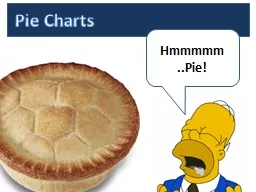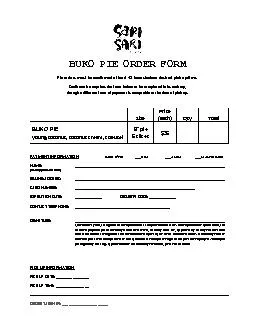PPT-Creating and Understanding Pie Charts
Author : jane-oiler | Published Date : 2016-06-17
What is a Pie Chart A pie chart is a circular chart pieshaped it is split into segments to show percentages or the relative contributions of categories of data
Presentation Embed Code
Download Presentation
Download Presentation The PPT/PDF document "Creating and Understanding Pie Charts" is the property of its rightful owner. Permission is granted to download and print the materials on this website for personal, non-commercial use only, and to display it on your personal computer provided you do not modify the materials and that you retain all copyright notices contained in the materials. By downloading content from our website, you accept the terms of this agreement.
Creating and Understanding Pie Charts: Transcript
Download Rules Of Document
"Creating and Understanding Pie Charts"The content belongs to its owner. You may download and print it for personal use, without modification, and keep all copyright notices. By downloading, you agree to these terms.
Related Documents














